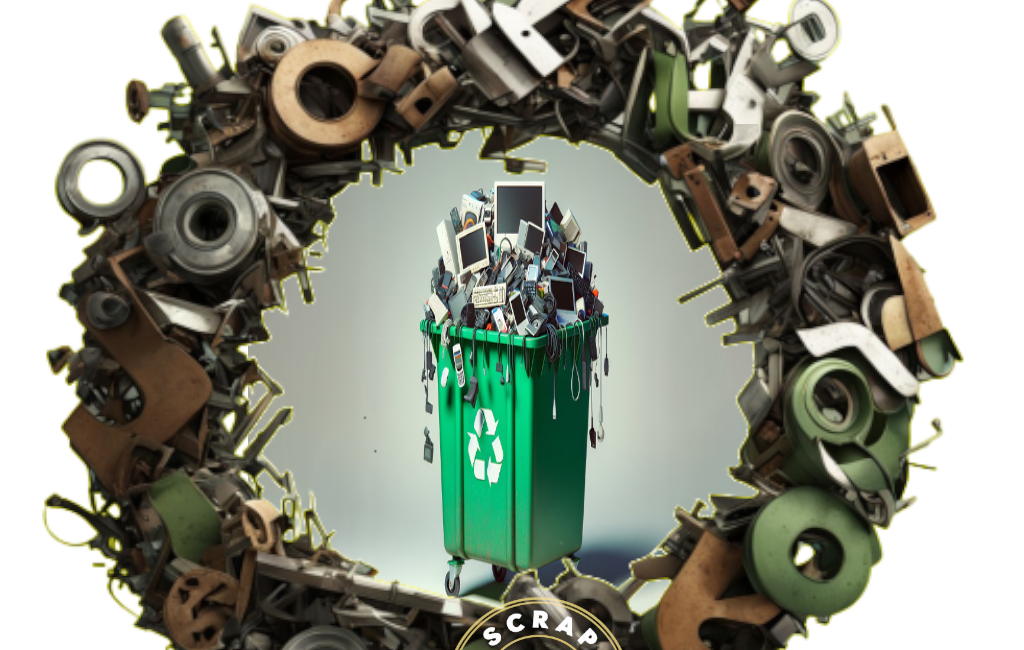Electronic Scrap: The Hidden Treasure of Modern Times
Introduction to Electronic Scrap
The advent of technology has revolutionized the way we live, but it has also led to an overwhelming accumulation of outdated and discarded electronic products. According to the Global E-Waste Monitor, the world generated over 53.6 million metric tons of e-waste in 2019, and this number is projected to grow significantly.
Electronic scrap is not just an environmental hazard but also a lost economic opportunity if not handled properly. Effective management of electronic scrap can recover valuable materials and minimize ecological damage.
Types of Electronic Scrap
E-waste is diverse and categorized based on its source or components:
a. Consumer Electronics
- Mobile phones, tablets, laptops, televisions, and gaming consoles.
b. Household Appliances
- Refrigerators, washing machines, microwaves, and air conditioners.
c. Industrial Electronics
- Servers, industrial machinery, and specialized equipment.
d. Components
- Circuit boards, batteries, cables, and power supplies.
Environmental and Health Impacts
Improper disposal of e-waste poses severe risks:
a. Environmental Damage
- Toxic Leachate: Heavy metals like lead, mercury, and cadmium seep into soil and water when e-waste is improperly dumped.
- Air Pollution: Burning e-waste releases hazardous substances like dioxins.
b. Health Risks
- Workers in informal recycling sectors often suffer from respiratory issues, skin diseases, and other health problems due to exposure to harmful substances.
Value in Electronic Scrap
E-waste is often called “urban mining” due to the wealth of valuable materials it contains:
a. Precious Metals
- Gold, silver, and palladium are found in circuit boards and connectors.
b. Base Metals
- Copper, aluminum, and nickel are commonly extracted.
c. Plastics
- Recycled for manufacturing new products.
d. Rare Earth Elements (REEs)
- Crucial for manufacturing electronic components, these elements are found in small quantities in e-waste.
Recycling e-waste is more energy-efficient and less damaging to the environment compared to traditional mining.
Recycling Process of Electronic Scrap
The recycling of electronic scrap involves several steps to maximize material recovery:
a. Collection and Transportation
- E-waste is collected from households, businesses, and recycling centers and transported to recycling facilities.
b. Sorting and Dismantling
- Devices are manually dismantled to separate valuable components.
c. Shredding and Separation
- E-waste is shredded, and materials are separated using techniques like magnetic separation (for metals) and water-based methods (for plastics).
d. Material Recovery
- Metals, plastics, and other materials are recovered and processed for reuse.
e. Safe Disposal
- Hazardous materials are treated and disposed of according to environmental standards.
Challenges in Managing E-Waste
Despite its potential, the e-waste industry faces significant hurdles:
a. Informal Recycling Sectors
- A large portion of e-waste is handled by informal sectors lacking safety measures.
b. Complexity of E-Waste
- Modern electronics are designed with complex structures, making material recovery challenging.
c. Lack of Awareness
- Consumers often lack knowledge about proper e-waste disposal.
d. Inadequate Policies
- Many countries lack stringent regulations to manage electronic scrap.
Global Efforts and Policies
a. Extended Producer Responsibility (EPR)
- Encourages manufacturers to take responsibility for their products at the end of their lifecycle.
b. International Initiatives
- The Basel Convention restricts the transboundary movement of hazardous waste.
c. Regional Programs
- The European Union’s WEEE Directive mandates the collection and recycling of e-waste.
d. Corporate Involvement
- Companies like Dell, Apple, and HP have established take-back programs and recycling initiatives.
Future Trends in E-Waste Management
a. Circular Economy Models
- Focuses on reusing, repairing, and refurbishing electronics instead of discarding them.
b. Advancements in Recycling Technology
- AI and robotics are improving efficiency in sorting and material recovery.
c. Urban Mining
- Extracting valuable materials from e-waste is gaining popularity as a sustainable alternative to traditional mining.
d. Consumer Awareness Campaigns
- Efforts to educate consumers on the importance of e-waste recycling are on the rise.
Conclusion
Electronic scrap is both a challenge and an opportunity. Proper management of e-waste can yield significant economic and environmental benefits. By fostering awareness, implementing stringent policies, and embracing technological innovations, we can turn this global waste problem into a valuable resource stream.
As we transition to a more sustainable future, the role of consumers, governments, and corporations in managing electronic scrap responsibly will be crucial. Through collective effort, we can ensure that the treasures hidden within electronic waste are harnessed effectively for the benefit of all.

Leave a Comment